

Alphane Moon
That there is no perfect defense. There is no protection. Being alive means being exposed; it’s the nature of life to be hazardous—it’s the stuff of living.
- 98 Posts
- 40 Comments

 English
English- •
- www.notebookcheck.net
- •
- 1M
- •

 English
English- •
- chipsandcheese.com
- •
- 4M
- •

 English
English- •
- www.theregister.com
- •
- 5M
- •

 English
English- •
- arstechnica.com
- •
- 5M
- •

 English
English- •
- www.techspot.com
- •
- 5M
- •

 English
English- •
- www.tomshardware.com
- •
- 5M
- •

 English
English- •
- m.gsmarena.com
- •
- 5M
- •


Not that great?
The ones listed on our local second hand platform have no 3D capabilities (beyond monitor output), Ivy Bridge/Sandy Bridge CPUs that are slowly entering the “not good enough for even basic tasks” zone and miniscule SSDs (120 GB) by modern standards.
They are cheaper of course, but these two options don’t seem comparable.

 English
English- •
- wccftech.com
- •
- 5M
- •

 English
English- •
- www.techspot.com
- •
- 6M
- •

 English
English- •
- wccftech.com
- •
- 6M
- •


The country where I live has this article available for free (other articles from the site do require a subscription, albeit they are labelled as such).
I normally post archive.is copies for subscription articles, I thought this was in open access.

 English
English- •
- www.theverge.com
- •
- 6M
- •

 English
English- •
- www.tomshardware.com
- •
- 6M
- •


This (official?) thread on their forums implies 7 years of support.

 English
English- •
- wccftech.com
- •
- 7M
- •

 English
English- •
- wccftech.com
- •
- 7M
- •


Shipment/POS do not telling you anything about unfulfilled demand or “unrealized supply”.
It’s just how unit were shipped into the channel and sales at retail respectively.
These are the best data points that we have to understand demand dynamic.
Gamers are also a notoriously dramatic demography that often don’t go through on what they say.


It seems like gamers have finally realized that the newest GPUs by NVIDIA and AMD are getting out of reach, as a new survey shows that many of them are skipping upgrades this year.
Data on GPU shipments and/or POS sales showing a decline would be much more reliable than a survey.
Surveys can at times suffer from showing what the respondents want to reply as opposed to what they do.


[email protected] is pretty solid.

 English
English- •
- www.techspot.com
- •
- 7M
- •

 English
English- •
- www.tomshardware.com
- •
- 8M
- •

 English
English- •
- www.tomshardware.com
- •
- 8M
- •

 English
English- •
- www.techpowerup.com
- •
- 8M
- •

 English
English- •
- www.tomshardware.com
- •
- 8M
- •


There is a lot of content on semiconductor manufacturing (both in context of gaming and beyond) on [email protected], in one way or another anything related to semiconductors does impact both PC and console gaming (since CPUs and GPUs are key).


Exactly this.
We continue to be able to make faster chips, both via smaller nodes, but also via advanced packaging and architecture improvements.
But the costs of every new generational increase is rising faster than the % performance improvement.
I am personally hoping this will eventually lead to a culture of total optimization (similar to what we saw in the 90s on both PC and console), but there are likely significant barriers to implementing such a new development culture at scale.

 English
English- •
- arstechnica.com
- •
- 8M
- •

 English
English- •
- arstechnica.com
- •
- 8M
- •


I would argue if your budget allows you to, it’s better to get 8 cores.
Any benefit for paying for 12 or 16?
Only if you do demanding use cases other than gaming. One example is video editing and encoding (the type that should not be done on a GPU).
Some games do benefit from having 16 cores, things like economic strategy games with lots of background simulation (one example would be path finding).
Don’t think we are getting an official desktop mode any time soon, ChromeOS is Google’s laptop/desktop operating system.
ChromeOS ran Android apps relatively well when I last tried this a few years ago. Most apps were clearly not designed for desktop UI/UX. Many didn’t work all that well as tablet apps either.
I actually did try that twice (in a context where they would have more motivation than a typical dev/studio), no luck.
Don’t get me wrong, I do think we have to move of corporate social networking systems. I started actively using Lemmy about two months ago and I am enjoying it. However, we do have to be realistic about the state of the market.




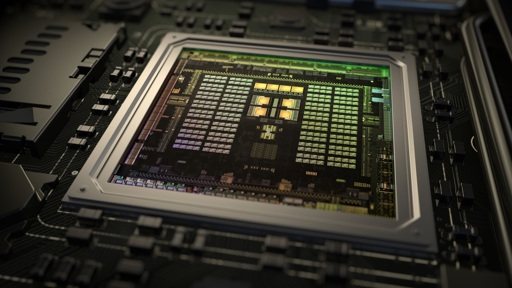



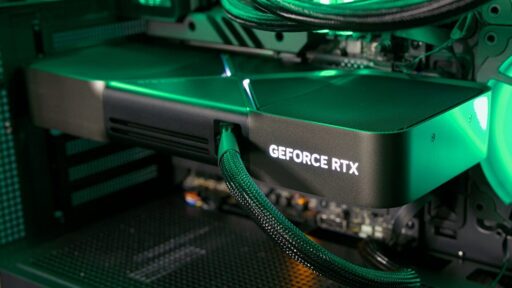


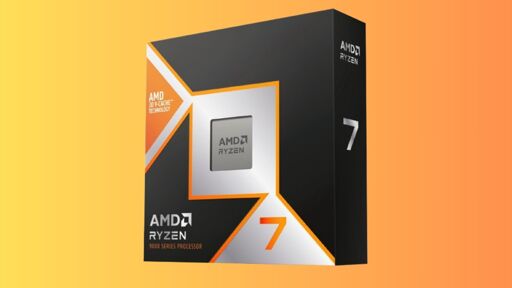


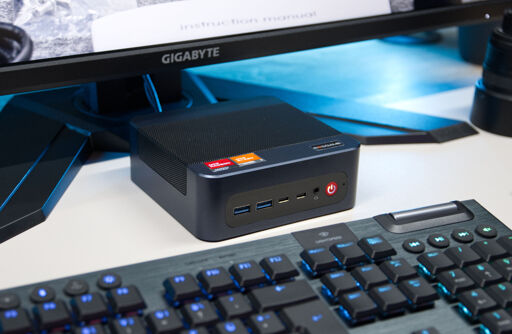
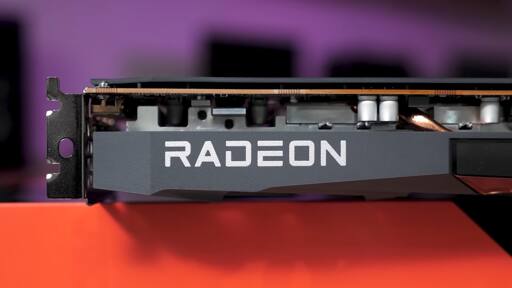

















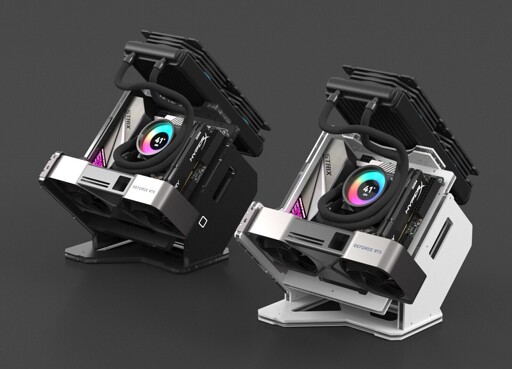

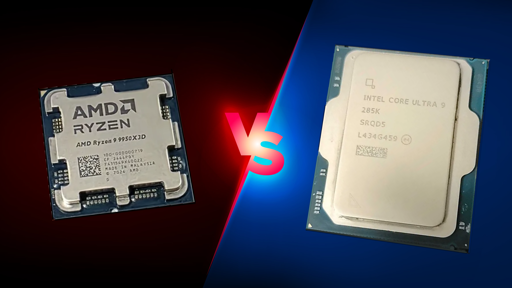


Even windows doesn’t run as well as with x86 unless all you use is a browser.